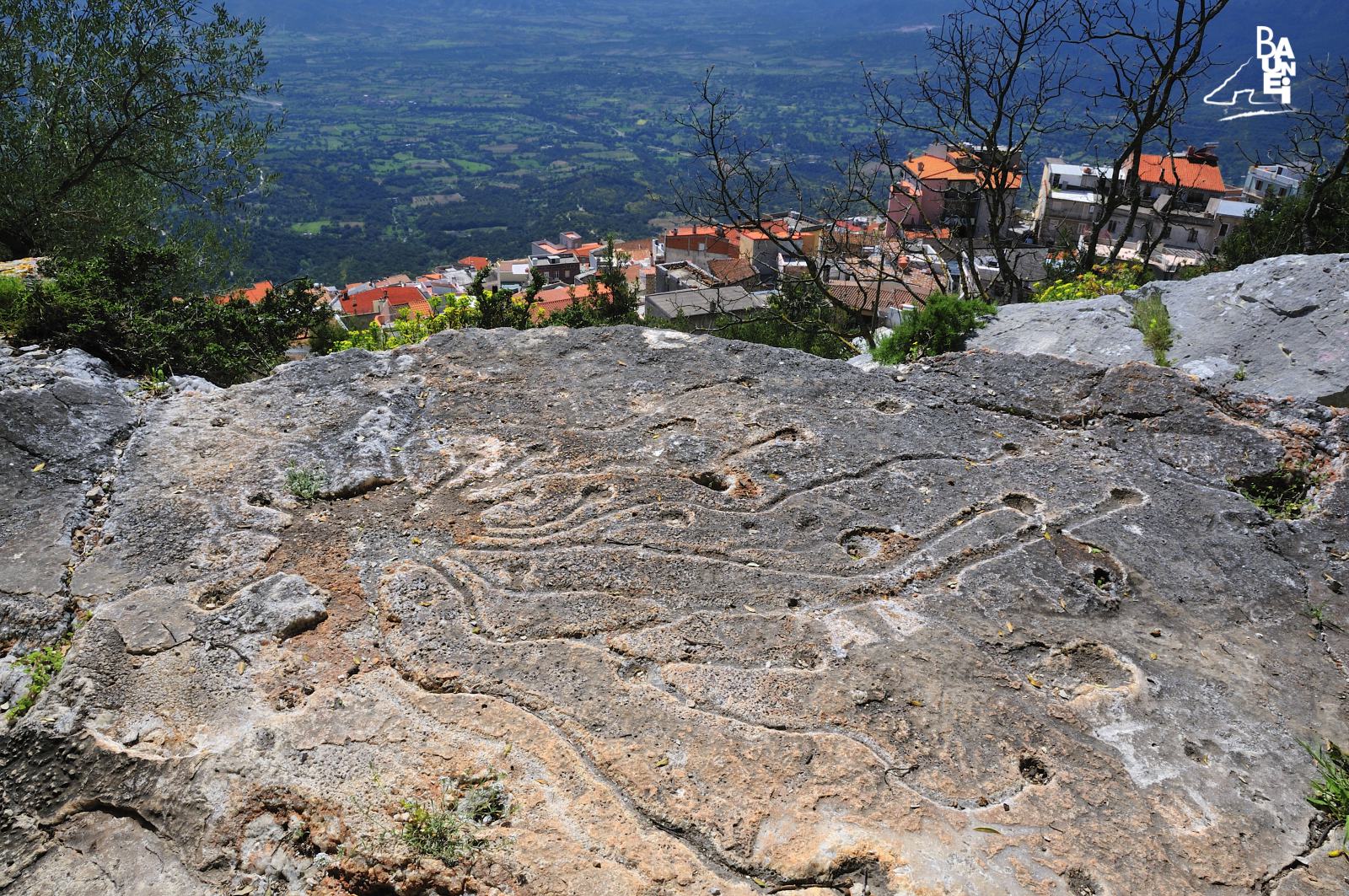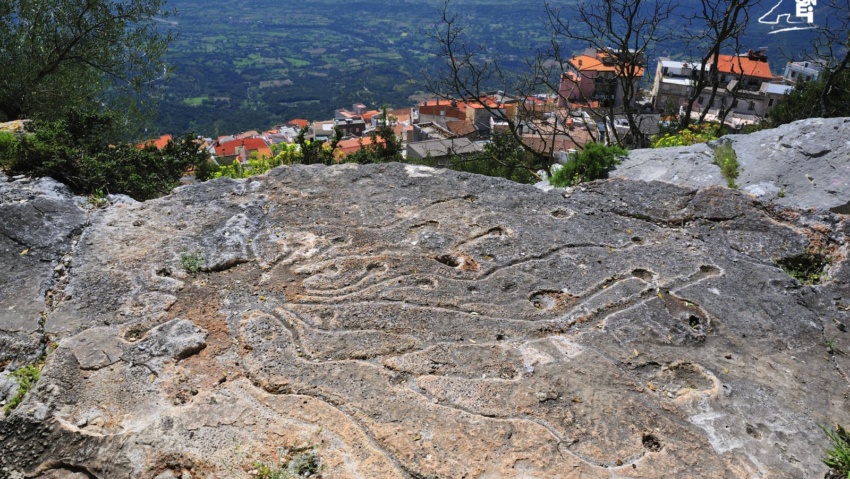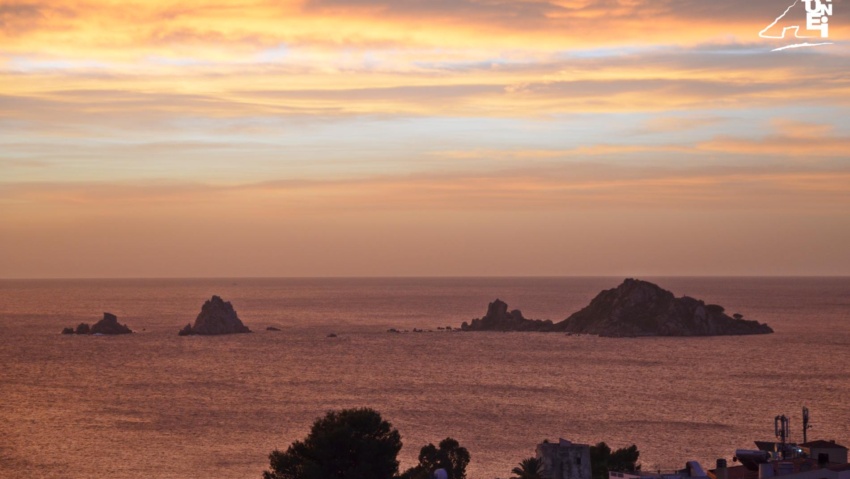Grutta ‘e Janas CLOSED TEMPORARILY
The name of this small cave hidden in the ridge at the foot of “Montargia”, the limestone bastion that dominates the upper part of the town of Baunei (a district called “Bidda ‘e Susu”, which literally means “the village above”)
reproduces verbatim the name of many other island caves that popular tradition has always surrounded in an aura of mystery. In fact, just as “Grutta ‘e Janas” means “cave of fairies, witches” in Sardinian, the pre-nuragic necropolises excavated in the rock, found throughout Sardinia, are called “Domus de Janas” (“house of the fairies, witches”). Nowadays, archaeologists have revealed the mystery of the use of the “Domus de Janas”, although some aspects of the funerary rituals and pre-nuragic religiousness are still a mystery. “Grutta ‘e Janas” is open to the public (through a path to get to, at the base of the face of the “Montargia”), and it deserves to be included in historical – tourism guides because of the unique stalagmite floor that is slightly tilted and decorated with a very complex pattern, the meaning of which remains uncertain. The depiction consists of 18 shallow channels that branch off from a main basin a few centimetres deep and reach a number of cupels that are arranged without apparent criteria. Precisely because of the peculiar characteristics of the pattern dug into the floor, in 2005 the cave was the subject of an archaeological dig conducted under the supervision of archaeologist Maria Ausilia Fadda. During the excavations, the area was fenced and some explanatory signs regarding the most important features of “Grutta ‘e Janas” were attached to the site’s main gate. The contents, signed by Fadda, explained that “the cave is characterised by the presence of a complex engraved depiction, from the late Neolithic (4000-3200 BC), probably used for propitiatory fertility rites”. Similar engravings have also been discovered and studied in the Piedmont and Liguria regions, analogies that according to Fadda “could further confirm Sardinia’s strong ties with the mainland, which exported obsidian from the rich deposits of Monte Arci in the south of France. These commercial ties significantly influenced the production of ceramic artefacts, such as a square-mouthed vases, very similar to those produced in Liguria, and the vases with surfaces produced using the glossy “stralucido” technique, such as those from the French Midi region”.
CONTATTI
Via San Nicolò, 2 – 08040 BAUNEI (Sardinia, Italy)
infopoint@turismobaunei.eu
+39 349 5462583





